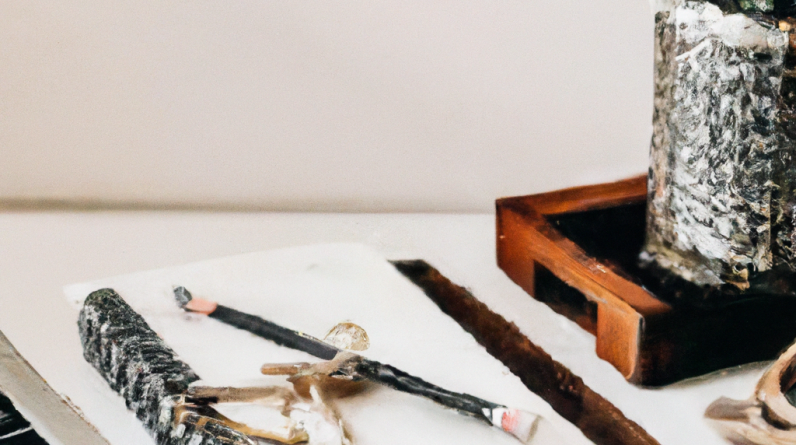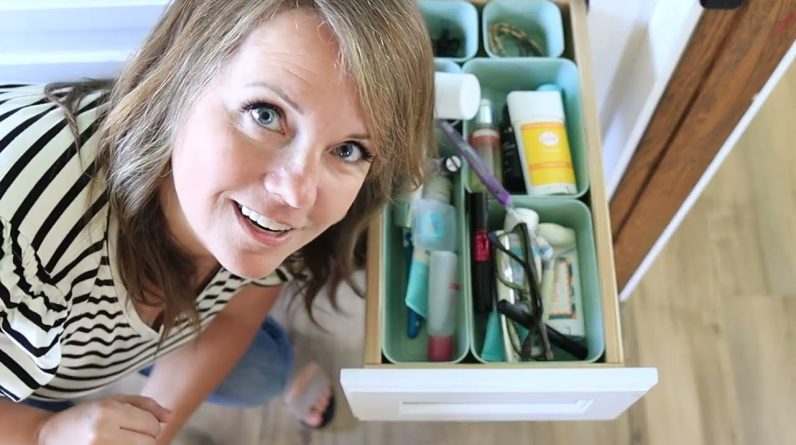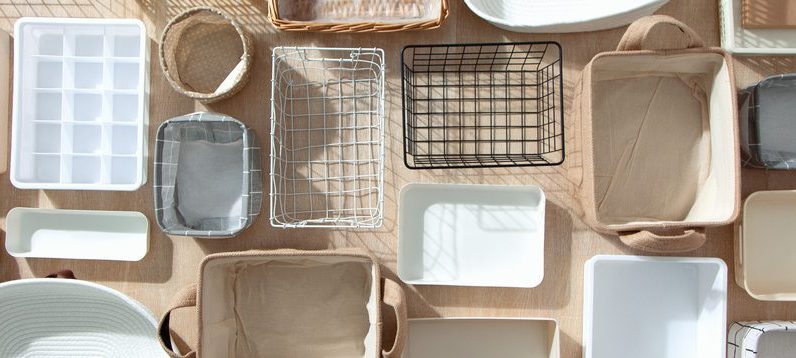
Are you feeling overwhelmed by the clutter in your home? It’s time to embrace the art of decluttering and transform your living space into a serene oasis. In this article, we’ll explore the secrets to maximizing space and minimizing stuff, helping you create a more streamlined and peaceful environment. Whether you’re downsizing, exploring minimalism, or simply seeking a fresh start, these expert tips and strategies will guide you on your journey to a clutter-free life. Get ready to reclaim your space and discover the joy of simplicity.
Table of Contents
1. Understanding the Benefits of Decluttering
Decluttering your living space goes beyond just tidying up; it can have numerous positive effects on your life. By removing excess belongings and organizing your space, you can enjoy a more functional living environment, reduce stress, increase productivity, and even save time and money.
1.1. Creating a Functional Living Space
When your living space is filled with clutter, it can limit your ability to move freely and enjoy your surroundings. By decluttering and organizing, you create a more functional living space where everything has a designated place. This allows you to easily find and access the items you need, making daily tasks more efficient and enjoyable.
1.2. Reducing Stress and Increasing Productivity
Living in a cluttered environment can contribute to elevated stress levels and a feeling of being overwhelmed. Clutter creates visual distractions and can make it difficult to focus and concentrate on tasks. By decluttering, you create a calm and organized space which can help reduce stress and increase productivity. With fewer distractions, you can better focus on your work, hobbies, and relationships.
1.3. Saving Time and Money
Have you ever found yourself searching frantically for misplaced items? Clutter can waste a lot of time as you struggle to locate important documents, keys, or daily essentials. By decluttering and implementing effective organization systems, you save time by easily finding what you need when you need it.
Additionally, decluttering can save you money. When you have a clear inventory of your belongings, you are less likely to make unnecessary purchases or duplicates of items you already own. By being intentional about what you keep and only bringing in what you truly need, you can save money in the long run.
2. The Psychology of Clutter
Understanding the psychology behind clutter can provide valuable insights into why we hold onto possessions and struggle to let go.
2.1. Emotional Attachment to Possessions
One of the main reasons people find it challenging to declutter is the emotional attachment they have to their possessions. Whether it’s sentimental items that hold memories or belongings that represent a particular phase in life, these attachments can make it difficult to part with objects.
2.2. Fear of Letting Go
Fear also plays a significant role in clutter accumulation. There can be a fear of letting go of things we might need in the future or a fear of regretting the decision to discard something. This fear can keep us holding onto possessions long after they’ve lost their relevance or usefulness.
2.3. The Hoarding Phenomenon
In extreme cases, clutter can develop into hoarding, a condition where individuals compulsively accumulate possessions, leading to a severe lack of living space. Hoarding is often linked to deep-seated emotional issues, such as anxiety, depression, or trauma. Understanding hoarding as a psychological phenomenon helps to address the underlying reasons behind excessive clutter and find appropriate support.
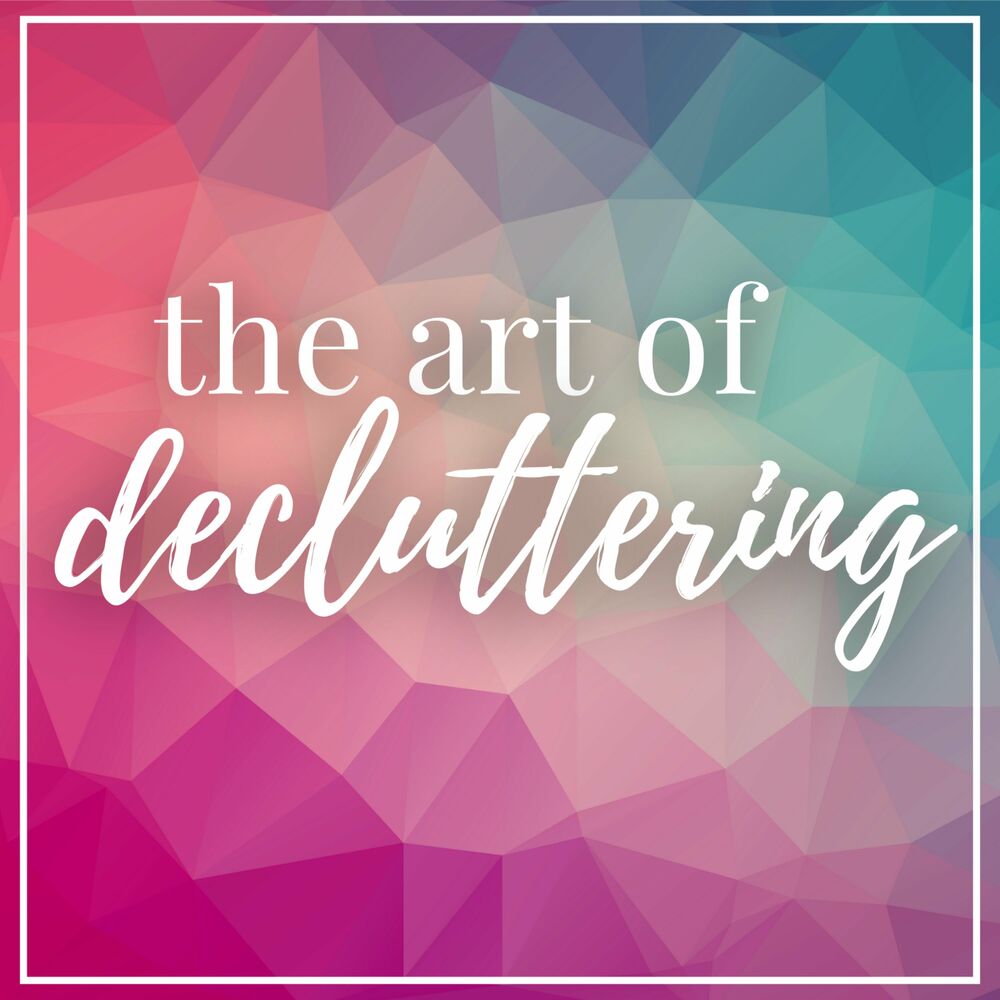
3. Getting Started: Preparing for the Decluttering Process
Before diving into the decluttering process, it’s essential to prepare yourself both mentally and practically. Taking these steps will set you up for success and make the process more manageable.
3.1. Setting Clear Goals
Start by setting clear goals for your decluttering journey. Determine what you want to achieve and identify the specific areas or rooms you want to tackle. Having a clear vision of what you want to accomplish will help keep you motivated throughout the process.
3.2. Establishing a Timeline
Next, establish a realistic timeline for your decluttering project. Break it down into smaller tasks and assign specific deadlines to each. This will help prevent the process from becoming overwhelming and allow you to progress steadily towards your goals.
3.3. Gathering Necessary Supplies
To efficiently declutter, gather the necessary supplies beforehand. This may include storage bins, garbage bags, labeling materials, cleaning supplies, and anything else you anticipate needing. Having these supplies readily available will streamline the process and keep you focused on the task at hand.
4. Sorting and Categorizing
Sorting and categorizing your belongings is a crucial step in the decluttering process. It allows you to evaluate each item and make informed decisions about what to keep, donate, sell, or toss.
4.1. The Four-Box Method
A popular and effective method for sorting is the Four-Box Method. Get four boxes or containers and label them as “Keep,” “Donate,” “Sell,” and “Toss.” As you go through your belongings, place each item into one of the boxes based on its value and relevance to your life.
4.2. Categorizing Items: Keep, Donate, Sell, Toss
When categorizing items, consider their usefulness, sentimental value, and whether they align with your current needs and lifestyle. Be honest with yourself and ask if the item truly adds value to your life or if it is just taking up unnecessary space.
4.3. Dealing with Sentimental Items
One of the most challenging aspects of decluttering is dealing with sentimental items. While it can be difficult to part with objects that hold emotional significance, remember that memories reside within you, not within the physical items. Consider taking photographs or creating digital albums as a way to preserve those memories while still freeing up physical space.
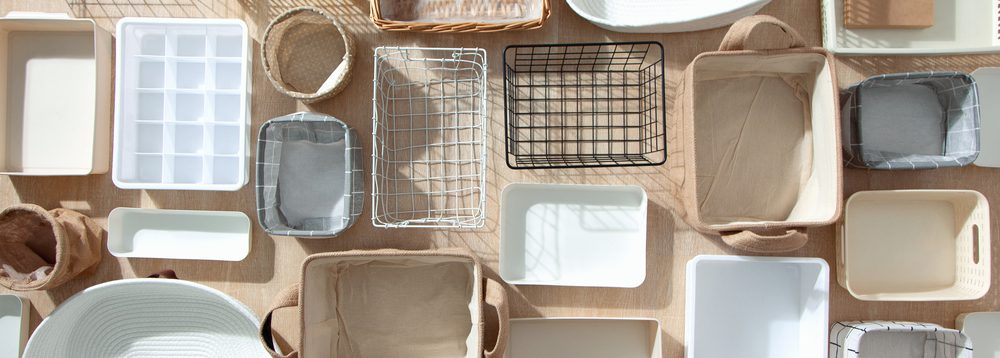
5. Effective Space Maximization Techniques
Once you have decluttered and sorted your belongings, it’s time to maximize your space efficiently. These techniques will help you make the most of your available space and keep your living area organized.
5.1. Utilizing Vertical Space
Make use of vertical space by installing shelving units or utilizing wall-mounted storage solutions. This allows you to store items off the floor and frees up valuable floor space. Vertical storage is particularly useful in small living spaces where every inch counts.
5.2. Organizing with Storage Solutions
Invest in storage solutions that suit your needs and align with your preferred aesthetic. This could include storage bins, baskets, drawer dividers, or labeled containers. Having designated places for items helps maintain organization and makes it easier to find things when you need them.
5.3. Implementing Space-saving Furniture
Consider incorporating space-saving furniture options into your living space. Furniture with built-in storage compartments, such as ottomans or beds with under-bed storage, can provide additional hidden storage solutions. Additionally, folding or multipurpose furniture can serve multiple functions while taking up minimal space.
6. Applying Minimalist Principles
Minimalism is more than just a design trend; it is a lifestyle choice that promotes intentional living and mindful consumption. By embracing minimalist principles, you can create a clutter-free and more fulfilling life.
6.1. Minimalist Design Concepts
Incorporating minimalist design concepts into your living space involves simplifying your decor and focusing on clean lines and minimal ornamentation. This aesthetic promotes a sense of calm and harmony in your environment, making it easier to maintain a clutter-free space.
6.2. Adopting a Minimalist Lifestyle
Minimalism extends beyond aesthetics and involves adopting a minimalist lifestyle. This means being mindful of what you bring into your life, whether it’s material possessions, commitments, or relationships. Focus on quality over quantity and surround yourself only with things that truly bring you joy and add value to your life.
6.3. Letting Go of Materialistic Attachments
Embracing minimalism requires letting go of materialistic attachments and shifting your perspective on possessions. Instead of being defined by what you own, find fulfillment in experiences, relationships, personal growth, and contribution to others. By detaching from your belongings, you create space for more meaningful experiences and connections.
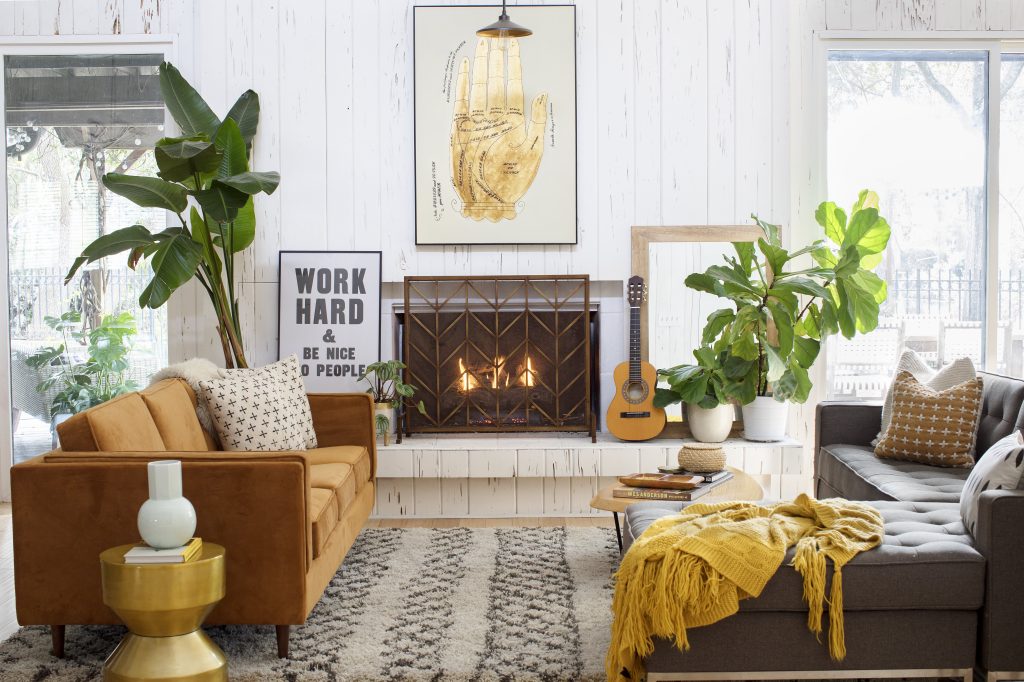
7. Strategies for Downsizing
Downsizing can be a necessary step when transitioning to a smaller living space or simplifying your life. These strategies will help you navigate the downsizing process effectively.
7.1. Assessing and Prioritizing Possessions
When downsizing, carefully assess and prioritize your possessions. Consider their practicality, necessity, and emotional value. Start with non-essential items and gradually make decisions about larger or more sentimental belongings.
7.2. Downsizing Room by Room
Approach downsizing room by room, beginning with areas that accumulate the most clutter. This could be storage rooms, garages, or spare bedrooms. Tackle each room systematically, applying the sorting and categorizing techniques mentioned earlier.
7.3. Downsizing for Relocation
If you’re downsizing for relocation, consider the limitations of your new space and plan accordingly. Measure your new home and furniture to ensure a smooth transition. Donate or sell items that won’t fit or are unnecessary in your new environment.
8. Maintaining a Clutter-Free Environment
Once you have achieved a clutter-free space, maintaining it requires consistent effort and effective organization systems.
8.1. Establishing Daily Cleaning Habits
Incorporate daily cleaning habits into your routine to prevent clutter from accumulating again. This could include tidying up before bed, having designated spaces for frequently used items, and doing regular quick cleanups. By staying on top of clutter, you’ll prevent it from becoming overwhelming.
8.2. Implementing Effective Organization Systems
Find and implement organization systems that work for you and your lifestyle. This could include labeling containers, creating a filing system for paperwork, or using digital solutions for managing important documents. Regularly evaluate and tweak your systems to ensure they remain effective.
8.3. Regular Decluttering Practices
Make decluttering a regular practice by scheduling specific times throughout the year to reassess your belongings. Seasonal or annual decluttering sessions help prevent clutter from accumulating and allow you to reevaluate items that may have lost their usefulness or relevance.

9. Overcoming Common Decluttering Challenges
As you embark on your decluttering journey, you may encounter various challenges along the way. Here’s how to overcome some common hurdles.
9.1. Dealing with Procrastination and Overwhelm
Procrastination and feeling overwhelmed are common when faced with a large decluttering project. Break the process into smaller, manageable tasks, and focus on one area at a time. Celebrate your progress along the way to stay motivated.
9.2. Addressing Guilt and Fear of Discarding
Guilt and fear can emerge when discarding items, especially those with sentimental value. Acknowledge these emotions but remind yourself of the benefits of decluttering and the new opportunities that come with letting go. Consider donating or gifting sentimental items to someone who will appreciate them.
9.3. Seek Support and Accountability
Decluttering can be an emotionally challenging journey. Seek support from friends, family, or professional organizers who can provide guidance, encouragement, and accountability. Having a support system will make the process more enjoyable and ensure continued progress.
10. Embracing a Simplified Lifestyle
By decluttering and embracing a simplified lifestyle, you can experience numerous benefits that extend beyond a clean living space.
10.1. Benefits of Living with Less
Living with less allows you to focus on what truly matters, such as experiences, personal growth, and meaningful relationships. A simplified lifestyle promotes mental clarity, reduces stress, and encourages gratitude for the things you do have. With fewer material possessions to manage, you can enjoy a more fulfilling and purposeful life.
10.2. Celebrating the Journey to Minimalism
Embrace and celebrate your journey towards minimalism. Recognize the progress you’ve made, both physically and emotionally, and appreciate the positive impact it has had on your life. Share your experiences with others to inspire them to embark on their own decluttering journeys.
10.3. Encouraging Others to Declutter
Lastly, encourage others to declutter and experience the benefits for themselves. Share your knowledge, tips, and success stories to inspire others to create their own clutter-free and simplified environments. Together, we can create a more minimalist and mindful society.







